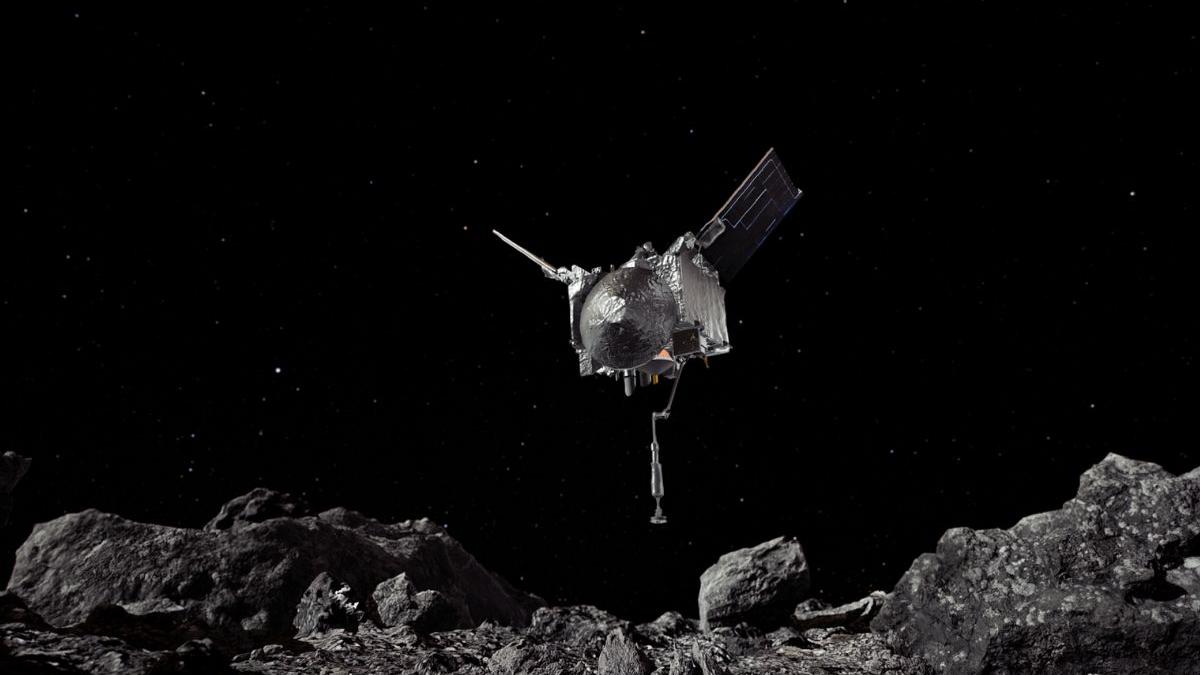Samples retrieved by NASA’s OSIRIS-REx mission from the asteroid Bennu are revealing significant information about the early history of our solar system and the origin of life’s fundamental ingredients. The OSIRIS-REx (Origins, Spectral…

Samples retrieved by NASA’s OSIRIS-REx mission from the asteroid Bennu are revealing significant information about the early history of our solar system and the origin of life’s fundamental ingredients. The OSIRIS-REx (Origins, Spectral…